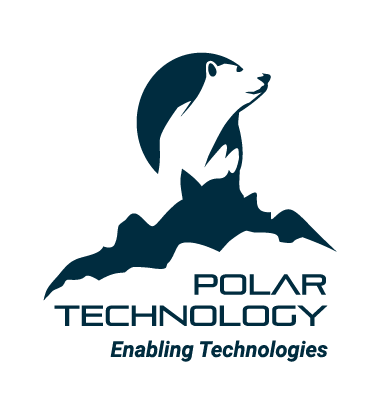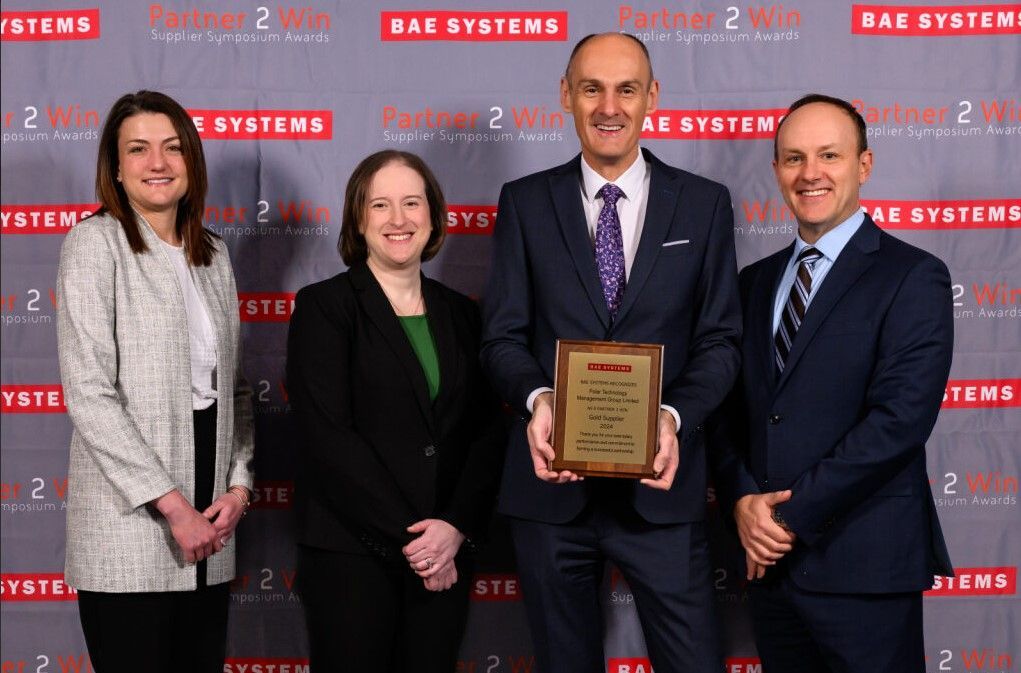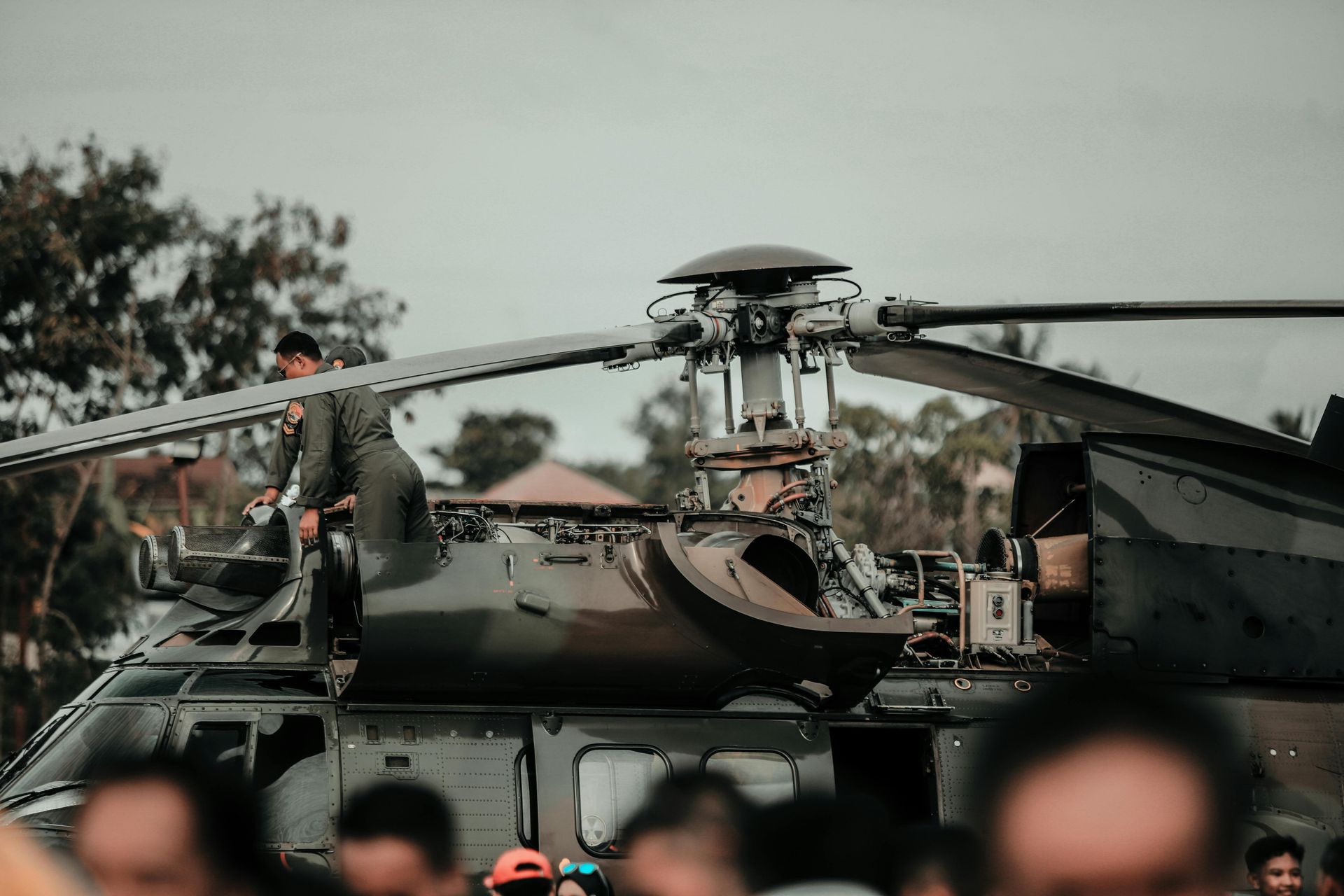How we make pressure vessels
We are specialists in the design, development and manufacture of composite pressure vessels for the storage and transport of fluids and gases at high pressures.
Our vessels function as enabling technologies in a variety of high-performance industries, with our market-leading weight efficiency enhancing fuel efficiency, increasing payload capacity and optimising utilisation of space.
We currently have capability to design and produce pressure vessels of two types of construction:
· Type 3- Aluminium liner with composite overwrap
· Type 4- Polymer liner with composite overwrap
The following is a step-by-step guide to the process we use in creating them:
1. Detailed Design
The process begins with one of our skilled engineers receiving a brief from a customer and creating a design, based on the required specifications, operating pressure and geometry.
It is at this point that the type of liner is selected, based on the specifications given and always with the aim of achieving the maximum weight-efficiency for the end application.
2. Manufacturing of Liners
We are able to manufacture liners using a variety of methods. For the Type 3 liner, we utilise a combination of machining, welding, spin forming and flow forming, depending on the geometry and requirements
For Type 4 liners, we employ a method called roto moulding, which involves using a hollow mould, filling it with plastic material and then rotating and heating it at a high temperature, until it melts and coats the inside of the mould, replicating its shape.
3. Additional Special Processes
After the liners are manufactured, they are then subjected to additional special processes, such as coating. The purpose of this is to alter or enhance the material, often to better protect the vessel against potential corrosion.
4. Filament Winding
Just as in the creation of our transmission shafts, the key process in the development of pressure vessels is filament winding, a specialist technique where layers of carbon fibre are continually wrapped around the liner as it is rotated.
The benefits of using this method for pressure vessels are that it allows for optimised fibre placement to better resist internal pressures. This makes this technique a popular option for vessel applications in the automotive and aerospace industries.
5. Painting
If the customer requires a specific visual appearance, our in-house paint shop enables us to provide a variety of painted finishes and coatings to the vessel.
6. Non-destructive testing
There are three stages of testing that we employ to ensure that our vessels are always compliant. The first is proof testing, which is a process in which the vessel is subjected to pressure, in order to test its integrity. In the case of type 3 liners, we employ a method called autofrettage.
The second is leak testing, where we use pressure to identify any defects or leaks in the product. And finally, dimensional inspection allows us to ensure the geometry is fully conforming to the specification.
And that’s how we create pressure vessels that are fully integrated solutions, ready to be implemented immediately into our customer’s technologies. For more information on our capabilities, please click here: Our Products | Accumulators and Pressure Vessels
Finally, the techniques we employ for traditional pressure vessels are also applicable to the storage of hydrogen. For more information on this new area of development, please click here: https://www.polartechnology.co.uk/polar-technology-developing-innovative-solutions-for-hydrogen-storage
If you have an enquiry regarding a project that requires expertise in pressure vessels, please contact our team here: https://www.polartechnology.co.uk/contact
Visit us:
Horizon Technology Park, Stanton Harcourt Rd, Eynsham OX29 4GF
| Polar Technology Management Group Ltd
Website Design by Warpspeed Web








